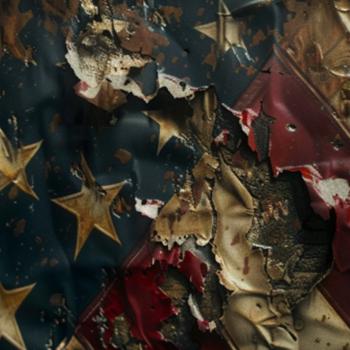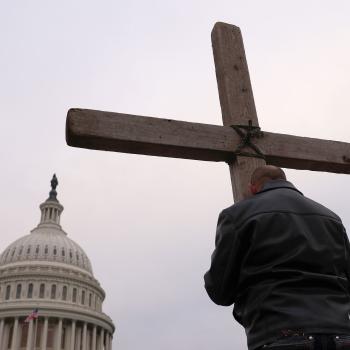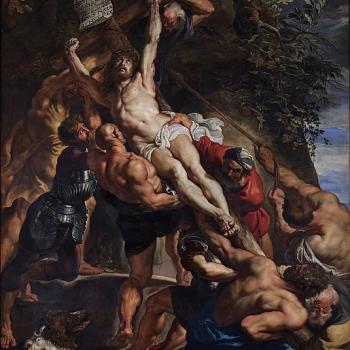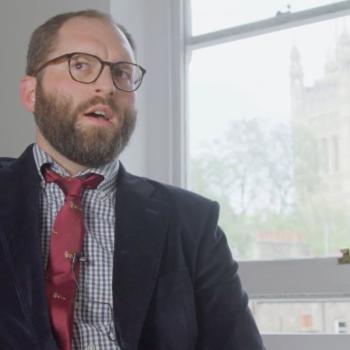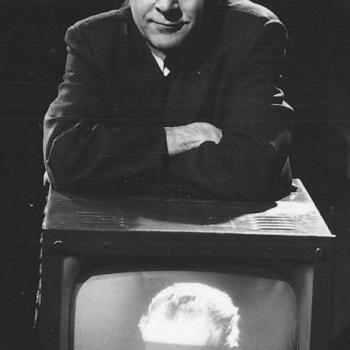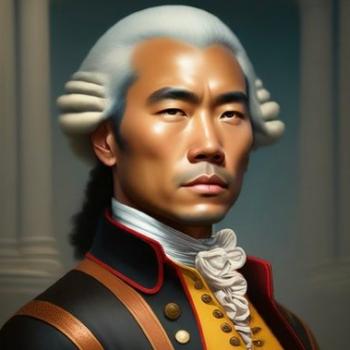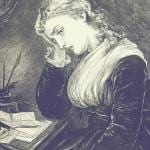Archaeologists have discovered European DNA at the site where those 8,000 lifesize terracotta soldiers guard the tomb of China’s first Emperor. They are concluding that Greek sculptors may have been involved with their creation, especially since the realistic statues correspond to Greek styles and techniques.
They were made in the 3rd century B.C., which means that the contact between West and East pre-dated Marco Polo by some 1500 years. The Emperor may have become aware of Greek statuary as a result of Alexander the Great’s march to India a century earlier.
I would say, however, that while the Greeks might have had a role in making the individual statues, the Greeks never used art on such a colossal scale. Greek sculpture honors the individual. This army of statues is profoundly collectivist. So the Chinese can still claim credit.

Photo Credit: Creative Commons. The Chronicles of Mariane.
From Greek arts may have led to the creation of the Terracotta Army in ancient China, ZME Science:
In 221BC Ying Zheng, a prince from the state of the Qin, became the first man to unify ancient China, taking up the mantle of emperor. He became Qin Shi Huangdi, the First Emperor of Qin, did a whole bunch of impressive stuff — he revolutionized the administration, expanded the empire, and began building the great wall — then died. He was entombed in a huge mortuary complex, watched over by some 8,000 lifelike terracotta soldiers.
And these soldiers look nothing like Chinese sculptures of the time. Now, a team of archeologists working in the Xinjiang province discovered European DNA at several sites in the region from the time of the First Emperor in the Third Century BC and the sudden appearance of life-sized, highly detailed statues — like those the ancient Greeks. This, they say, could mean that ancient Greekartists traveled to the country to help design the famous landmark — marking European-Chinese ties a full 1,500 years earlier than Marco Polo’s historic trip.
The theory is that Chinese artists may have been influenced by the arrival of Greek statues in central Asia in the wake of Alexander the Great’s incursion through India. There’s also speculation that Greek artists could have been present when the Terracotta Army was made, either teaching others or helping themselves. Other evidence of ties to Greece came from several bronze figurines of birds found at the site — which were cast with a lost wax method known in ancient Greece and Egypt.
[Keep reading. . .]






